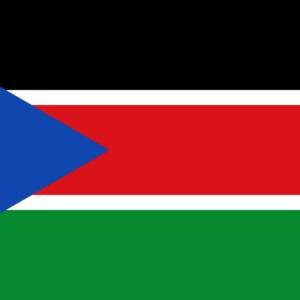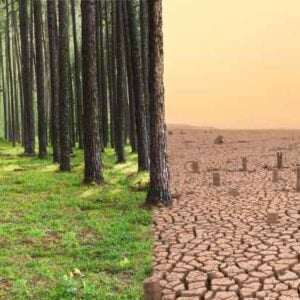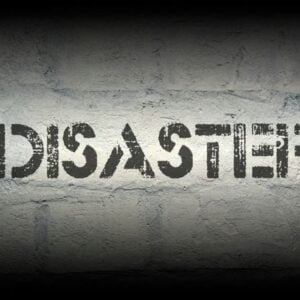Disasters are becoming increasingly frequent, intense, and costly, with the poorest countries suffering the greatest losses. Despite the growing threat, resilience—the ability of communities and economies to anticipate, withstand, and recover from disasters—remains severely underfunded. Investing in resilience is essential to protect lives, economies, and development progress, yet global funding continues to prioritize recovery over prevention.
According to the Global Assessment Report on Disaster Risk Reduction (GAR) 2025, direct disaster costs now average $202 billion annually, but when indirect, cascading, and ecosystem losses are included, the figure could exceed $2.3 trillion. The “big five” disasters—earthquakes, floods, storms, droughts, and heatwaves—account for over 95% of these losses, many of which are preventable through proactive risk management. However, fewer than 2% of international aid projects target disaster risk reduction, and most governments allocate less than 1% of their budgets to resilience. This imbalance is unsustainable in a world facing mounting climate and disaster risks.
Resilience can be strengthened through better development planning, dedicated funding, private sector engagement, insurance mechanisms, and expanded early warning systems. Making development risk-informed ensures that new infrastructure and housing avoid hazard-prone areas, preventing repeated losses. Tunisia, for instance, uses climate and hazard risk maps to guide land use and infrastructure development, minimizing exposure to floods and unstable terrain. Similarly, dedicating funds for resilience pays significant dividends; World Bank studies show that making infrastructure resilient costs only 3% more but delivers fourfold benefits. In Chile, continuous testing of critical systems—such as energy, health, and transport—ensures they remain operational during disasters.
Private sector participation is also vital, as roughly 75% of global capital investment comes from businesses and investors. Integrating disaster risk reduction into business and financial decisions safeguards supply chains, stabilizes markets, and encourages sustainable growth. Companies like Neptune Flood Insurance in the United States have demonstrated that resilience can be profitable, offering affordable flood insurance to protect billions in assets while attracting investor confidence.
Insurance plays a key role in protecting both individuals and economies. In Samoa, parametric insurance allows early payouts based on forecasts, helping farmers and small businesses recover quickly after extreme weather events. Similarly, the Caribbean Catastrophe Risk Insurance Facility (CCRIF) provides rapid, pre-agreed payouts to governments after disasters, allowing swift recovery without disrupting public finances.
Early warning systems save lives and reduce losses by giving people time to act. Just 24 hours of advance notice can cut potential damages by 30%. Global initiatives such as the UN’s Early Warnings for All and the Climate Risk and Early Warning Systems (CREWS) are expanding coverage across vulnerable nations, benefitting hundreds of millions of people with timely alerts and preparedness information.
The tools, technologies, and strategies to prevent disasters already exist. Countries like Pakistan and India have made significant progress in building disaster management systems, early warning mechanisms, and resilient infrastructure since major disasters in the past. However, much more needs to be done. As humanitarian needs continue to exceed available resources, scaling up investment in resilience is the only sustainable path to reduce human suffering, protect economies, and safeguard development gains in an increasingly uncertain world.







